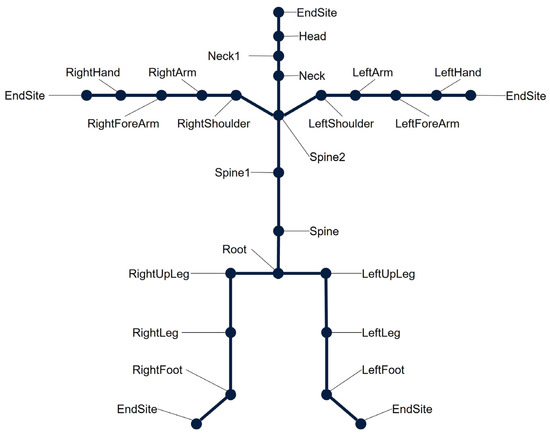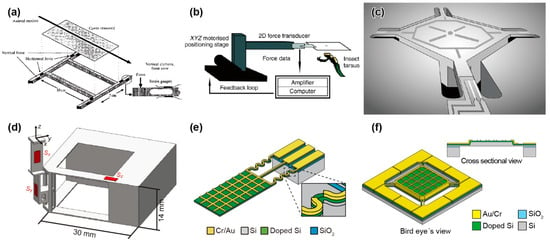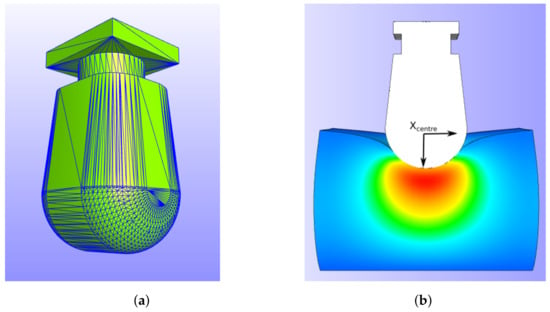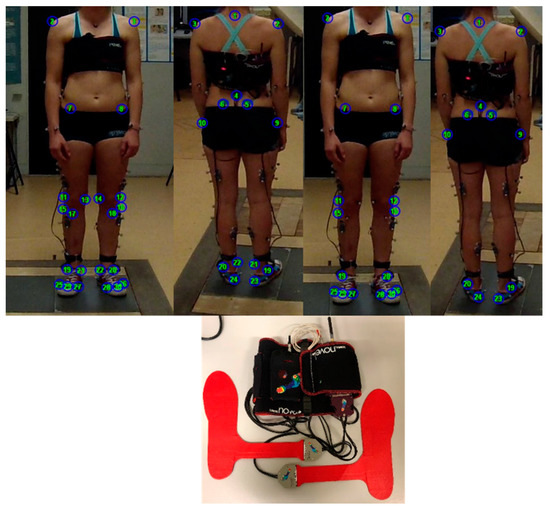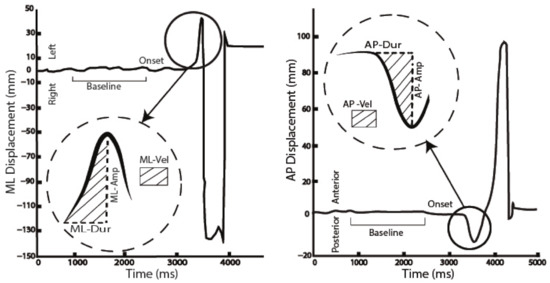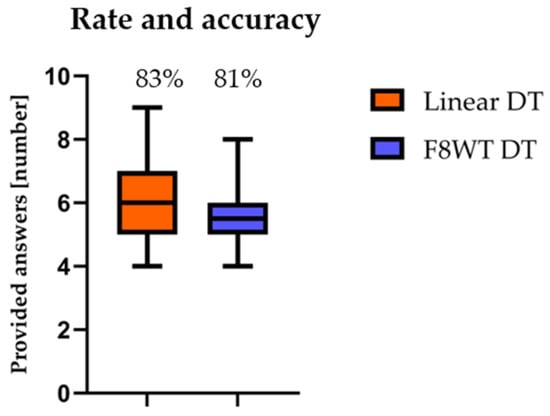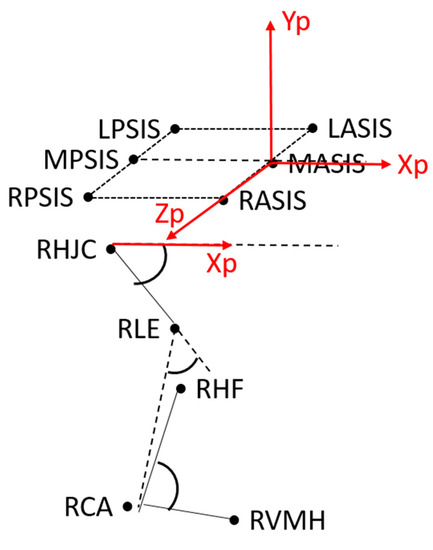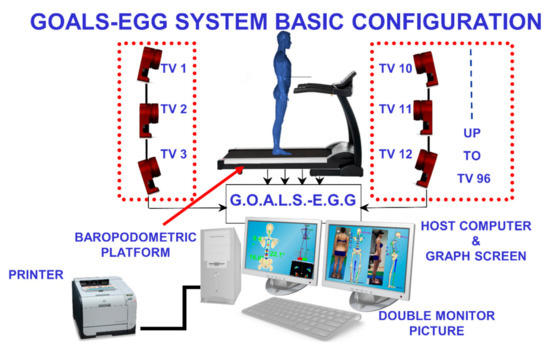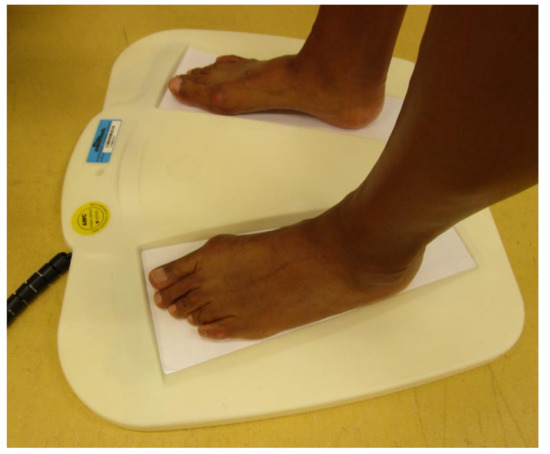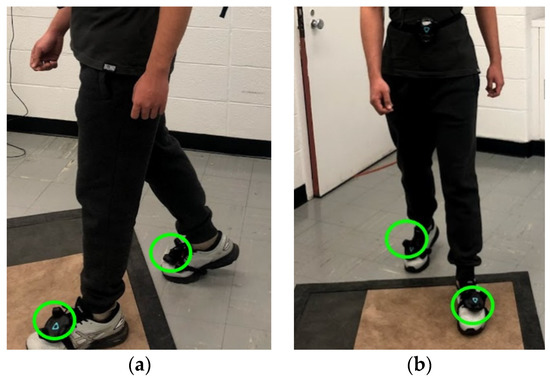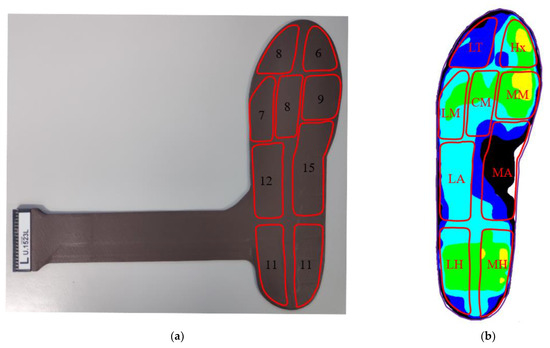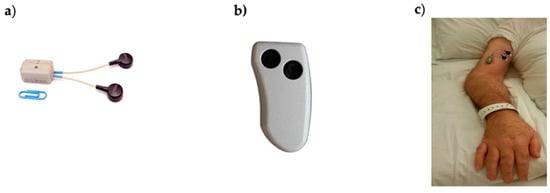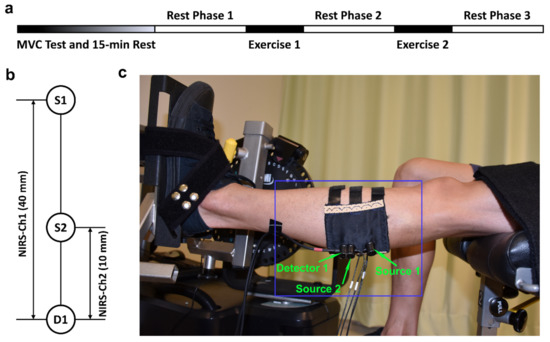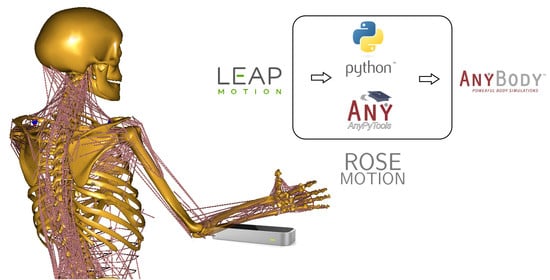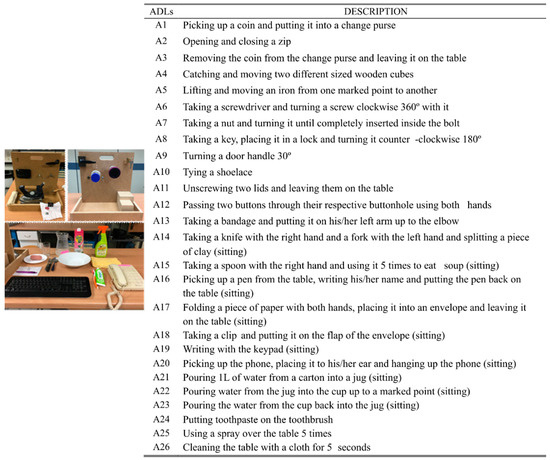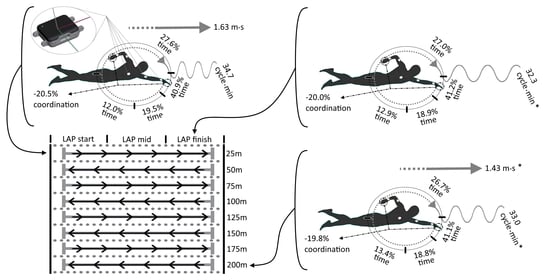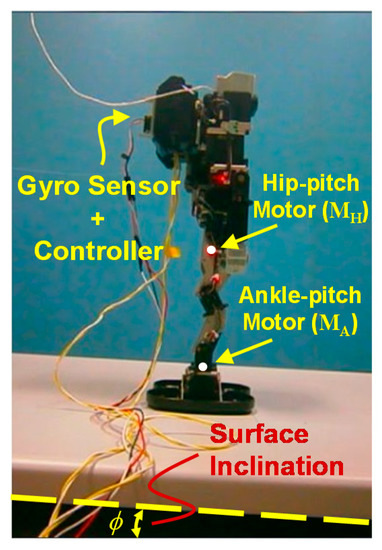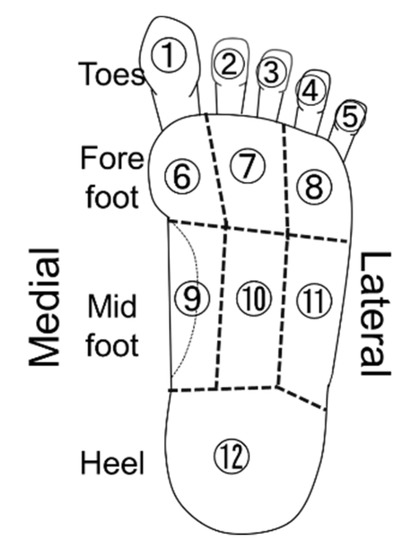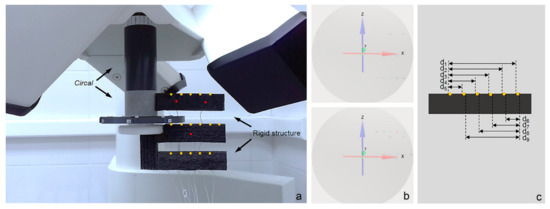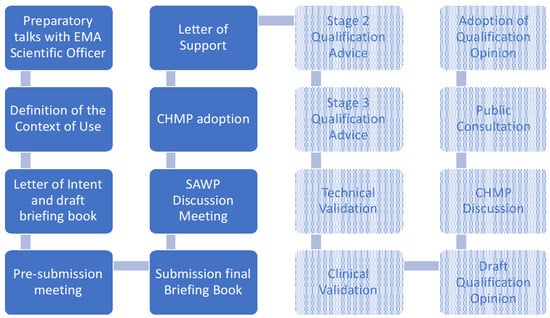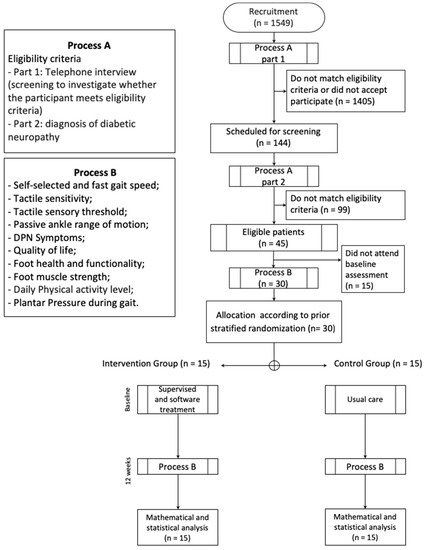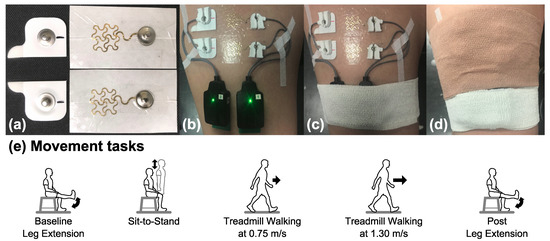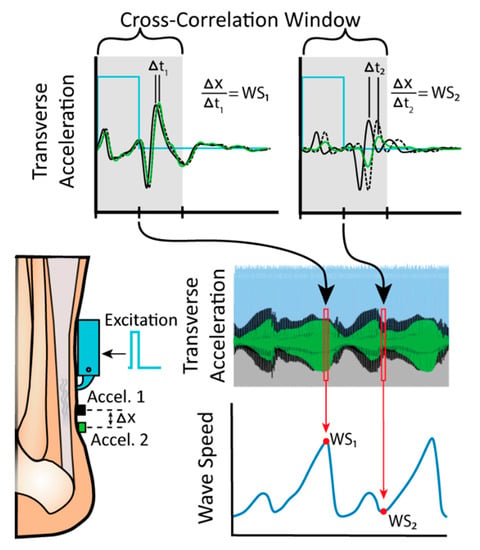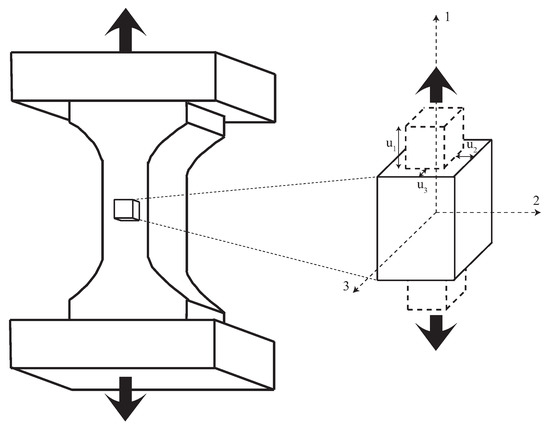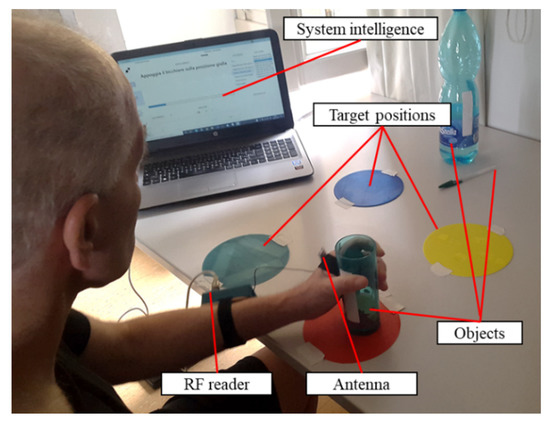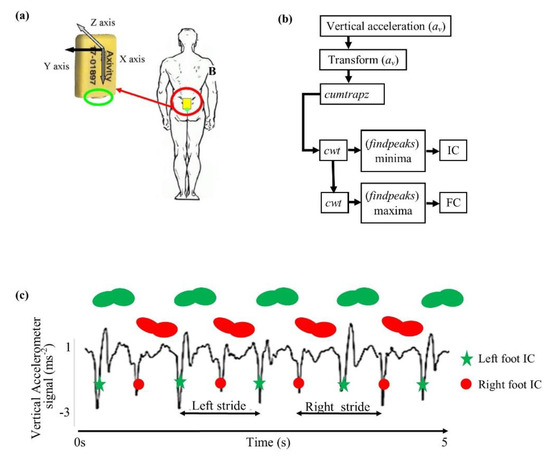Sensors in Biomechanics
A topical collection in Sensors (ISSN 1424-8220). This collection belongs to the section "Physical Sensors".
Viewed by 173641Editors
Interests: gait and motion analysis in children and adults; musculoskeletal modeling and finite element modeling; foot and ankle biomechanics; plantar pressure sensors; electromyography; sport biomechanics and ACL injury prevention; data mining; Rehabilitation Engineering with special focus on diabetic foot; Parkinson’s disease and low back pain; markerless motion capture; multiple sensors integration
Special Issues, Collections and Topics in MDPI journals
Interests: motion analysis; inertial sensors; data mining; wearable sensors; bioengineering; sport biomechanics; signal processing
Special Issues, Collections and Topics in MDPI journals
2. LAM-Motion Analysis Laboratory, San Sebastiano Hospital, Correggio, Neuromotor and Rehabilitation Department, Azienda USL-IRCCS di Reggio Emilia, Reggio Emilia, Italy
Interests: biomedical engineering; rehabilitation engineering; bioengineering; electromyography; biomechanics; stroke; instrumental motion analysis; signal processing
Special Issues, Collections and Topics in MDPI journals
Topical Collection Information
Dear Colleagues,
In recent years, there has been a large emphasis on the application of different sensors in the biomechanical field. The challenge for healthcare professionals, sports medicine biomechanists, and researchers is to study the mechanics of motion and their correlation with various pathologies and/or injuries affecting the musculoskeletal system in less-constrained environments, beyond laboratory settings.
Recent developments in wearable sensing technologies offer exciting opportunities for continuous monitoring of human kinematics and kinetics in free-living conditions, such as analysis of daily living activities, monitoring of therapy process, timely detection and diagnosis of movement disorders, as well as sport performance assessment, and measuring training activities.
The aim of this Topical Collection is to present recent research findings on development and application of sensor technologies in measurements of human biomechanical and physiological parameters. In particular, the Special Issue will report on various sensors, such as video recording sensors, IMU (inertial measurement units) plantar pressure sensors, and electromyography. Authors are encouraged to submit manuscripts for publication on (but not limited to) the following areas:
- Biomechanical sensors in disease assessment, functional diagnosis, treatment, and rehabilitation;
- Biomechanical sensors for assisted living monitoring;
- Biomechanical sensors in gait analysis;
- Biomechanical sensors in sports;
- Novel applications of continuous monitoring of human motion in rehabilitation;
- Dynamic Electromyography;
- Plantar pressure analysis and gaitography;
- IMU for human motion tracking;
- Gyroscopes;
- Force sensors (strain gauge, piezo, etc.);
- Ultrasound sensors;
- Goniometers;
- Optical tracking systems;
- Challenges in data processing, simulation, and validation;
- Challenges in data sensor fusion;
- Technical challenges in assuring accuracy and robustness of the provided measures (i.e., sensor placement, measurement drift, repeatability of the provided measures);
- Wireless sensors for human motion tracking;
- Measuring biomechanics of either the whole body or individual parts of the body.
Submitted articles should not have been previously published or be currently under review by other journals or conferences/symposia/workshops. Papers previously published as part of conference/workshop proceedings can be considered for publication in the Special Issue provided that they are modified to contain at least 40% new content. Authors of such submissions must clearly indicate how the journal version of their paper has been extended in a separate letter to the guest editors at the time of submission. Moreover, authors must acknowledge their previous paper in the manuscript and resolve any potential copyright issues prior to submission.
We look forward to your exciting papers!
Dr. Zimi Sawacha
Prof. Giuseppe Vannozzi
Ing. Andrea Merlo
Collection Editors
Manuscript Submission Information
Manuscripts should be submitted online at www.mdpi.com by registering and logging in to this website. Once you are registered, click here to go to the submission form. Manuscripts can be submitted until the deadline. All submissions that pass pre-check are peer-reviewed. Accepted papers will be published continuously in the journal (as soon as accepted) and will be listed together on the collection website. Research articles, review articles as well as short communications are invited. For planned papers, a title and short abstract (about 250 words) can be sent to the Editorial Office for assessment.
Submitted manuscripts should not have been published previously, nor be under consideration for publication elsewhere (except conference proceedings papers). All manuscripts are thoroughly refereed through a single-blind peer-review process. A guide for authors and other relevant information for submission of manuscripts is available on the Instructions for Authors page. Sensors is an international peer-reviewed open access semimonthly journal published by MDPI.
Please visit the Instructions for Authors page before submitting a manuscript. The Article Processing Charge (APC) for publication in this open access journal is 2600 CHF (Swiss Francs). Submitted papers should be well formatted and use good English. Authors may use MDPI's English editing service prior to publication or during author revisions.
Keywords
- Wearable sensors
- Plantar pressure
- Electromyography
- IMU
- Motion analysis
- Gait analysis
- Rehabilitation engineering
- Sport biomechanics
- Continuous monitoring of human motion
- Assisting living monitoring











